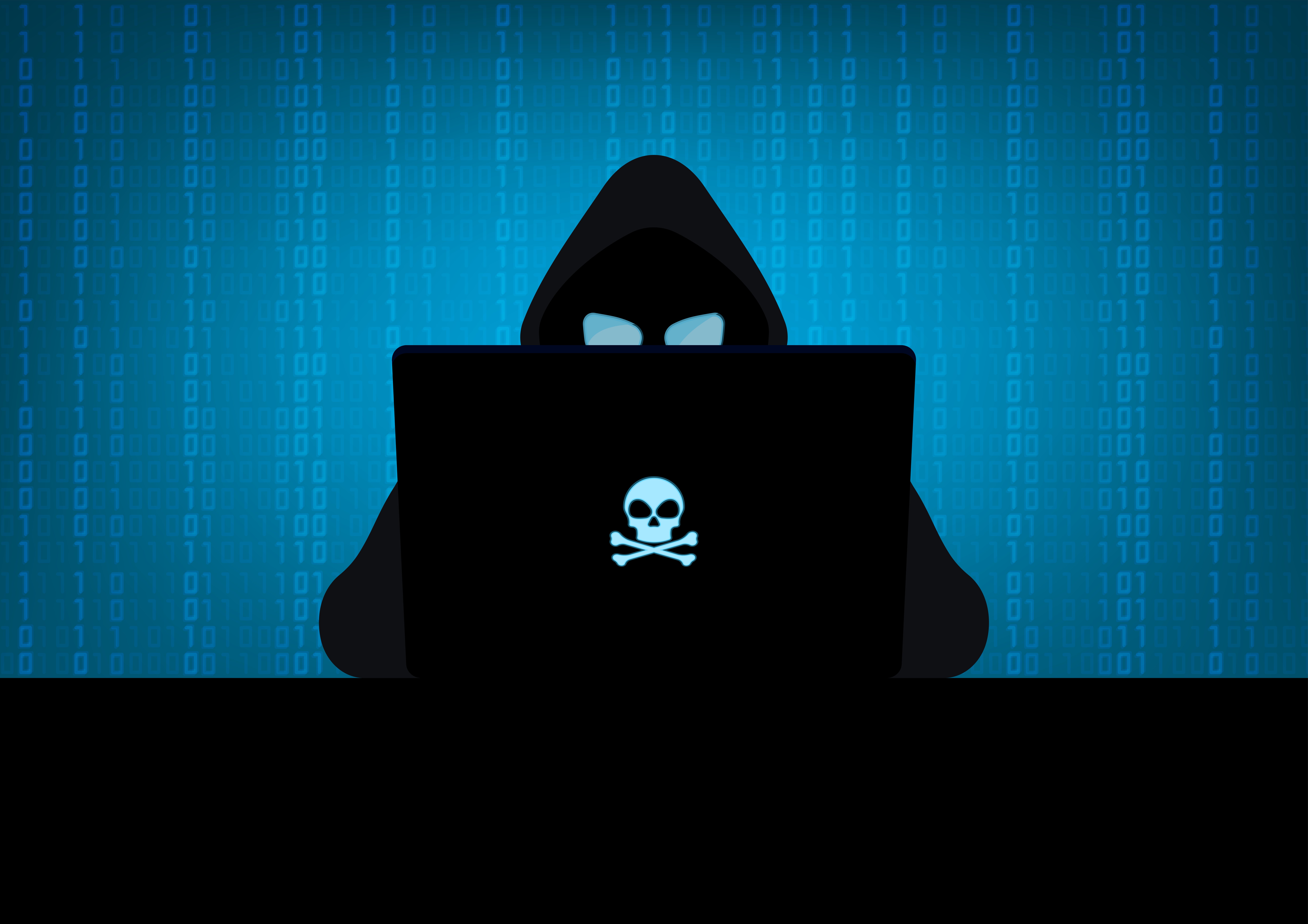Cyber-security as the next challenge from COVID-19
by Angela MarkwaldAlthough "going digital" is nothing new, the amount that our society is utilizing digital services and products has significantly increased over the past few months - as have the risks.
The COVID-19 pandemic has been wake-up call for many businesses, especially in the world of digital services & support. According to Mimecast, impersonation fraud jumped by almost a third during the first 100 days of the COVID-19 pandemic as cyber criminals looked to take advantage of how many people were suddenly working remotely.
Do you think your team would notice a cyber-attack in action? How long would it take to find out you've been compromised? The real answer might alarm you: The current average is 206 days before an intrusion is discovered.
.png?width=248&height=73&name=Logo%20w%20Tag%20-%20Color@300x%20(1).png)





